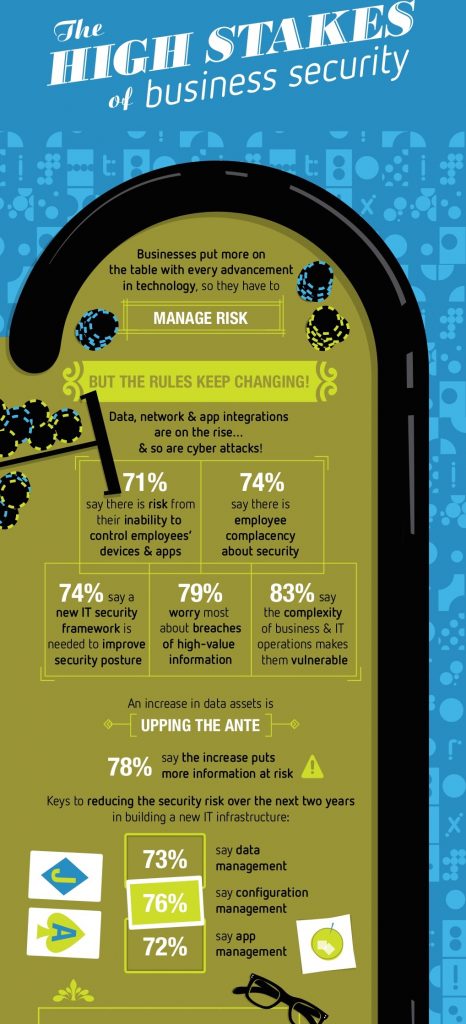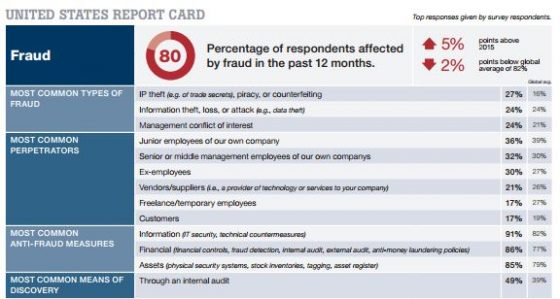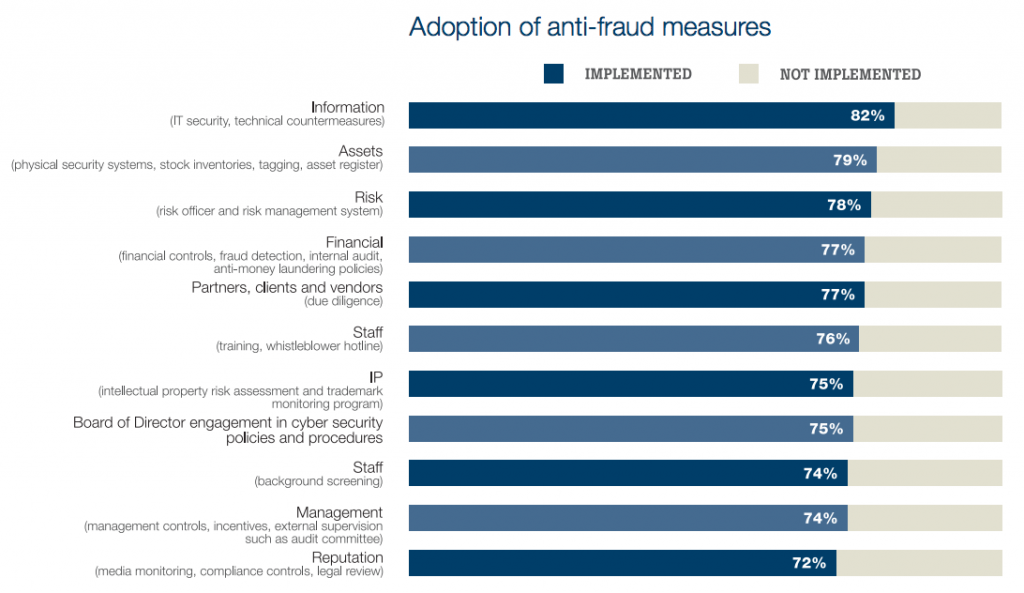SAN FRANCISCO—As hacking collectives target both the public and private sectors with a wide range of motivations, one thing is clear: Destructive attacks where hackers destroy critical business systems, leak confidential data and hold companies for ransom are on the rise. In a presentation here at the RSA Conference, the nation’s largest cybersecurity summit, Charles Carmakal and Robert Wallace, vice president and director, respectively, of cybersecurity firm Mandiant, shared an overview of some of the biggest findings about disruptive attacks from the company’s breach response, threat research and forensic investigations work.
In their Thursday morning session, the duo profiled specific hacking groups and the varied motivations and tactics that characterize their attacks. Putting isolated incidents into this broader context, they said, helps companies not only understand the true nature of the risk hackers can pose even in breaches that do not immediately appear to target private industry.
One group, for example, has waged “unsophisticated but disruptive and destructive” against a number of mining and casino enterprises in Canada. The hackers broke into enterprise systems, stole several gigabytes of sensitive data and published it online, created scheduled tasks to delete system data, issued ransom requests, and even emailed executives and board members directly to taunt them about the data exposed and increase the pressure to pay. Further increasing that pressure, the group is known to contact journalists in an attempt to publicize the exposed data. Victims have endured outages for days while trying to recover data from backups, and some have paid the ransoms, typically requested in the range of $50,000 to $500,000 in bitcoin.
Mandiant refers to this group as Fake Tesla Team because the hackers have tried to seem a more powerful and compelling threat by claiming they are members of Tesla Team, an already existing group that launches DDoS attacks. As that group is thought to be Serbian, they have little reason to target Canadian entities, and indeed, the bits of Russian used by Fake Tesla Team appears to be simply translated via Google.
In all of the group’s attacks that Mandiant has investigated, the hackers had indeed gained system access and published data, but they exaggerated their skills and some of the details of access. Identifying such a group as your attacker greatly informs the breach response process based on the M.O. and case history, Mandiant said. For example, they know the threat is real, but have seen some companies find success in using partial payments to delay data release, and they have found no evidence that, after getting paid, the collective does anything else with the access they’ve gained.
Beyond considerations of specific hacking groups or their motivations, Carmakal and Wallace shared the top 10 lessons for addressing a breach Mandiant has distilled from countless investigations:
- Confirm there is actually a breach: make sure there has been a real intrusion, not just an empty threat from someone hoping to turn fear into a quick payday.
- Remember you face a human adversary—the attacker attempting to extort money or make other demands is a real person with emotional responses, which is critical to keep in mind when determining how quickly to respond, what tone to take, and other nuances in communication. Working with law enforcement can help inform these decisions.
- Timing is critical: The biggest extortion events occur at night and on weekends, so ensure you have procedures in place to respond quickly and effectively at any time.
- Stay focused: In the flurry of questions and decisions to make, focus first and foremost on immediate containment of the attack.
- Carefully evaluate whether to engage the attacker.
online pharmacy zydena with best prices today in the USA
- Engage experts before a breach, including forensic, legal and public relations resources.
buy vardenafil online https://galenapharm.com/pharmacy/vardenafil.html no prescription
- Consider all options when asked to pay a ransom or extortion demand: Can you contain the problem, and can you do so sooner than the attack can escalate?
- Ensure strong segmentation and control over system backups: It is critical, well before a breach, to understand where your backup infrastructure is and how it is segmented from the corporate network. In the team’s breach investigations, they have found very few networks have truly been segmented, meriting serious consideration from any company right away.
- After the incident has been handled, immediately focus on broader security improvements to fortify against future attacks from these attackers or others.
- They may come back: If you kick them out of your system—or even pay them—they may move on, perhaps take a vacation with that ransom money, but they gained access to your system, so remember they also may come back.




